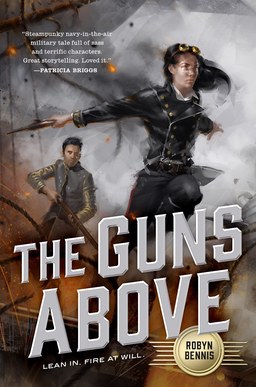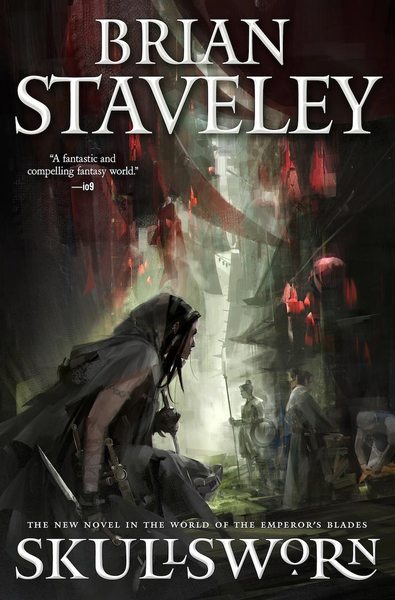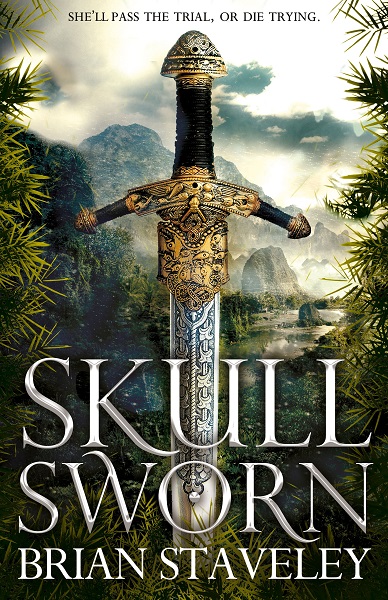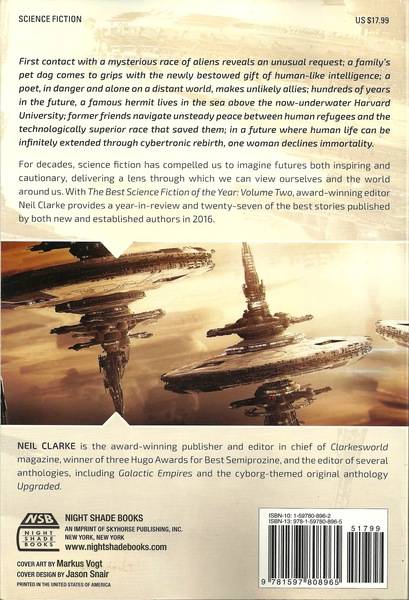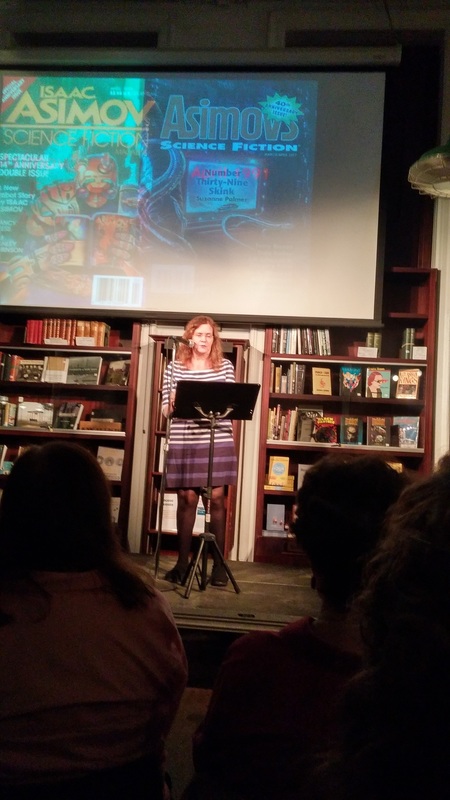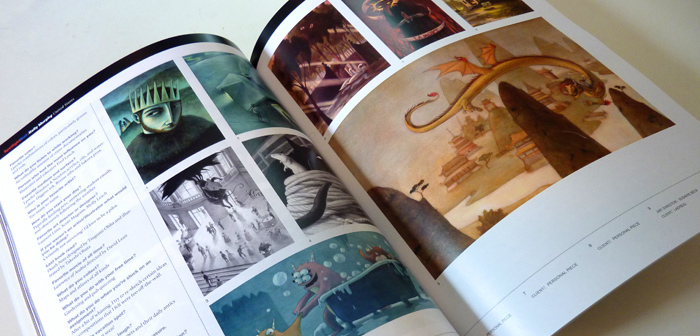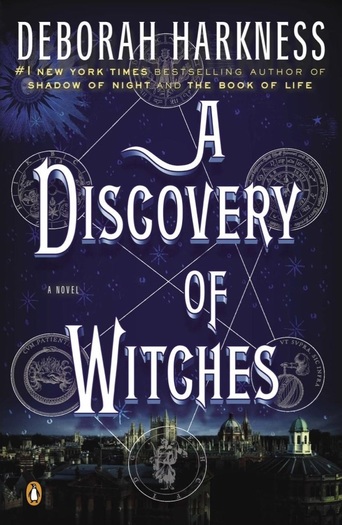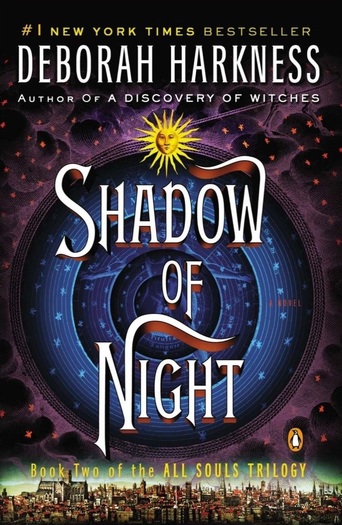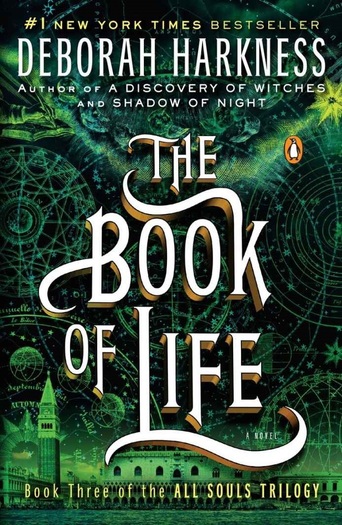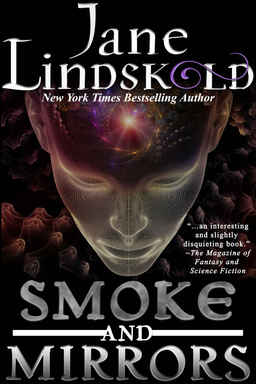John DeNardo on The Science Fiction & Fantasy Books Everyone Will be Talking About in April
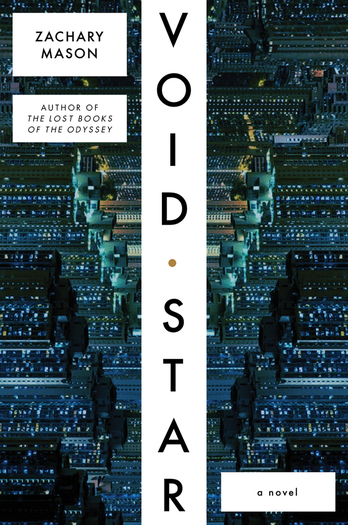 |
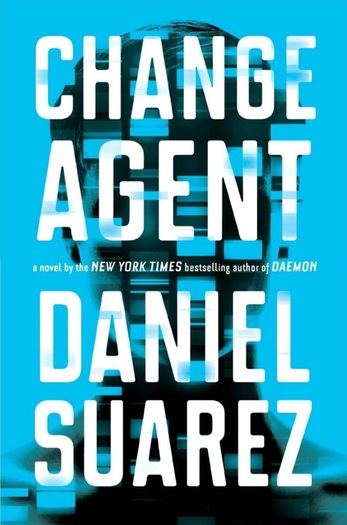 |
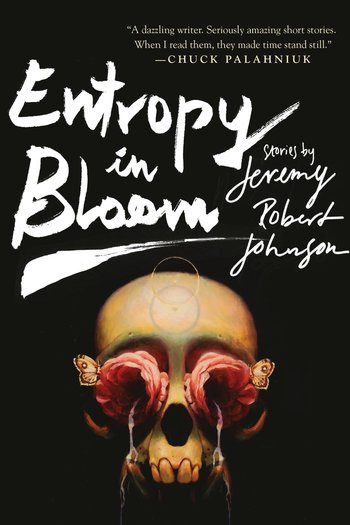 |
At the end of March, John DeNardo crafted a brief article at Kirkus Reviews highlighting “The Science Fiction & Fantasy Books Everyone Will be Talking About in April.” Wait, wait, wait. How the heck does he know that? I’m still not sure what books people were taking about in February.
Well, no sense trying to suss out the roots of DeNardo’s uncanny forecasting abilities (’cause they’re probably supernatural, involving dark underworld pacts. Best not to know.) But we can share a few of his recommendations with you here, as long as you don’t ask too many questions.
Void Star by Zachary Mason (Farrar, Straus and Giroux, 400 pages, $27 hardcover/$12.99 digital, April 11, 2017)
Void Star is a mind-bending story set in the near-future that follows three characters. There’s Irina, possessing an artificial memory that lets her earn a living by acting as a medium between her employers and their complex artificial intelligences; there’s Kern, a refugee who lives in a drone-built slum who gets by as a thief and paid enforcer; and Thales, the mathematically-inclined scion of a Brazilian political clan, who has fled to L.A. after the attack that left him crippled and his father dead. Strangers at the outset, events – or more specifically forces that remain just out of sight – conspire to push these characters towards the same path.
